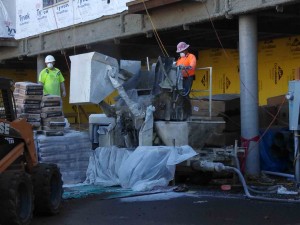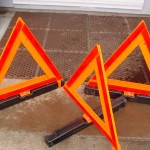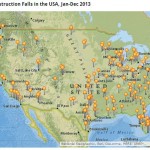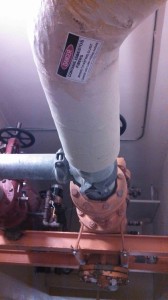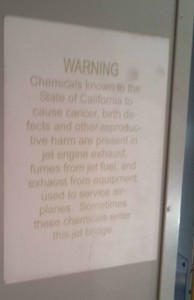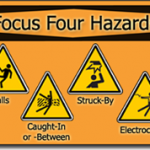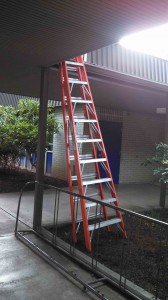Thu 4 Feb 2016
What owners/CEOs should say at safety meetings
Posted by admin under Behavior Based, Ethics, Hazard Communication, Management, Training
Comments Off on What owners/CEOs should say at safety meetings
I have given many safety training presentations (as you have, I’m sure). If you are lucky, the owner/president of the company will have a few words to say to the group. Â I am sometimes amazed at what they say (or don’t say). Below are my tips and suggestions.
What to say:
- Thank the employees for working and the contribution they make
- We take your health & safety VERY seriously
- Look out for your own safety, AND the safety of others
- Thank your company safety director/coordinator/consultant
-
- Support them and listen to them
- Do what they ask you to do and pass it along to others
- We want our employees to:
- Go home to your friends & family
- Enjoy your life – injury free. Now, and in the future.
What NOT to say:
- We spend a lot of  money on safety
- “Bob got his hand cut, and it cost us $1,200”
- “We had to pay $1,200 in OSHA citations”
- “Don’t be stupid” Â (thereby implying that accidents are generated from stupid people)
- Our insurance costs are high because you are getting hurt.
- I will give you ____ if you don’t get hurt (thereby encouraging under-reporting of injuries)
